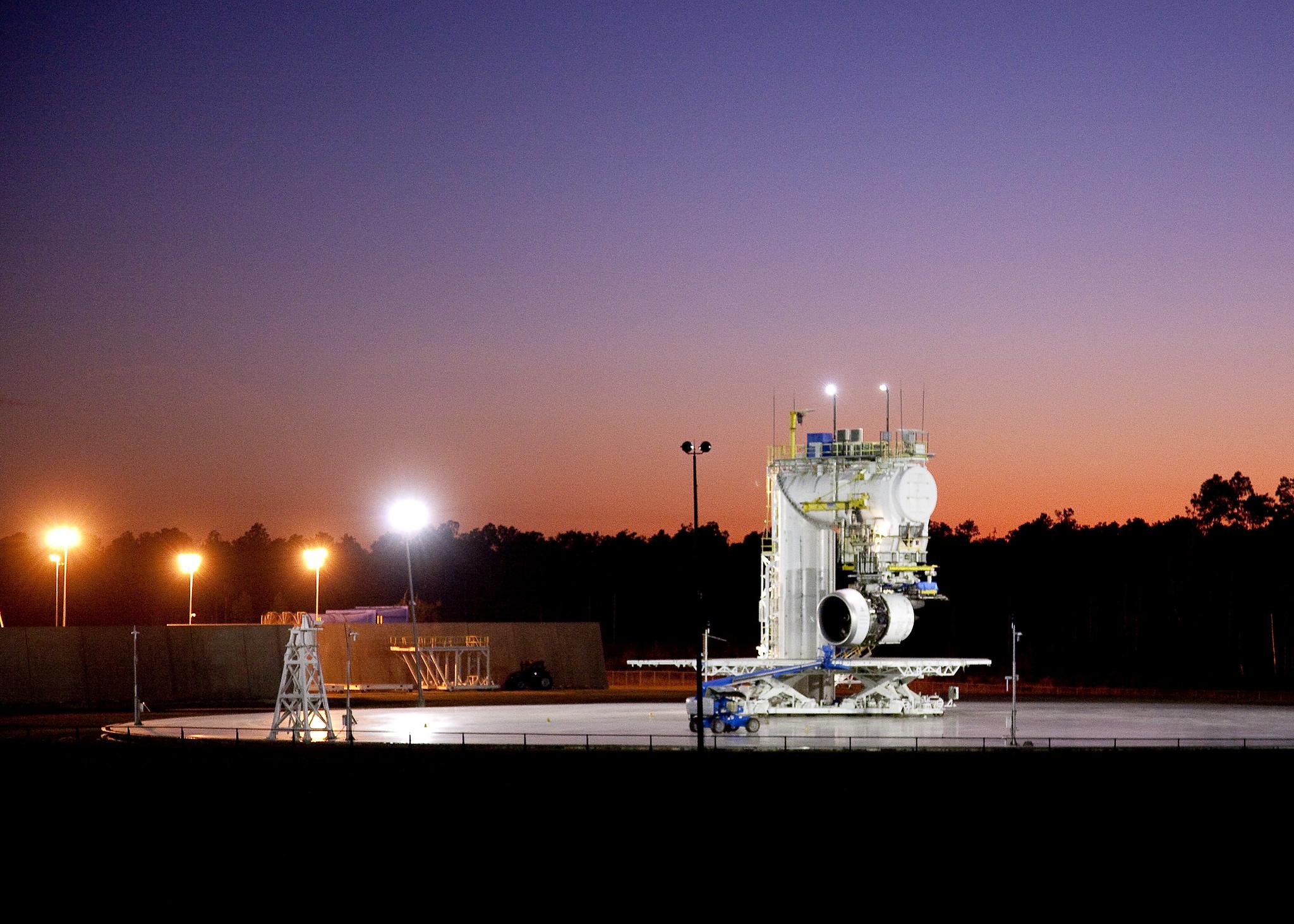
FARNBOROUGH—Rolls-Royce is launching a multi-phase program to demonstrate the feasibility of burning liquid hydrogen in modified versions of a turboprop and small business jet turbofan.
The work, part of Rolls’ wider advanced sustainable propulsion studies, will begin with tests later this year in the UK on a converted AE2100 turboprop.
A second phase, using a Pearl 15 engine, is planned for an unspecified time at the company’s NASA Stennis test facility in Mississippi.
The tests form part of technology evaluations to support the potential use of hydrogen fuel in small and mid-size transport aircraft from the 2030s onward.
Rolls’ ground-test work will build on hydrogen combustion tests already underway in partnership with Loughborough University, German aerospace center DLR and Cranfield University. The initiative also follows research carried out by the UK Aerospace Technology Institute’s (ATI) Fly Zero and Project NAPKIN (New Aviation Propulsion Knowledge and Innovation Network), which concluded there is market potential for hydrogen-powered aircraft.
The AE2100 test is “an early concept feasibility study,” says Alan Newby, director of Aerospace Technology and Future Programs at Rolls-Royce, and may be partly funded by ATI and potentially the European Clean Aviation research initiative. The work “will give us a real good early indication of how we combust hydrogen, how we control it, and how it can work and then give us some clues about some of the areas we need to work on,” Newby says.
The AE2100 combustor will be a slightly modified version of the standard design, but for the follow-on demonstration—based on the Pearl 15—Rolls intends to develop a more representative integrated hydrogen fuel and combustion system. This effort will be divided into two phases: The first will test the non-combusting elements of the modified fuel system including controls and thermal management; while the second will focus on engine performance and fuel combustion.
“Our current plan is to do that outdoors in the NASA Stennis facility as they've got a lot of experience with dealing with hydrogen and we've got a good big outdoor center,” says Newby, who adds that a final decision is yet to be made for the site of the UK-based tests. “The final part, which we've not committed to at the moment, is still to understand whether or not there will be an additional benefit from going and taking a flight test.”
“What we're trying to do with the hydrogen program is develop the capability of using the AE2100 and the Pearl ground-test engines as demonstrators and say, ‘how feasible is the technology and how can I apply that to engines in the future?’ So, it's about looking right across the product family, working with every customer and saying, ‘we've now got this technology, is it mature? Is the infrastructure in place? Does it now have a place on the future?’” Newby says.
The AE2100 to be used in the hydrogen test was recently used as the gas turbine at the heart of the company’s PGS-1 hybrid-electric demonstrator program and was selected because it is a readily available test asset. The Pearl 15, however, has been chosen for the follow-on phase for different reasons. “Firstly, it's easy to do and you need less hydrogen to do it,” Newby says. “Secondly, if you look at the internals of the Pearl and the architecture of the gas turbine, it tends to look pretty much like the internals of a large engine—the UltraFan in particular. So what we'll learn from that will be applicable. To some extent the Pearl is the right size vehicle to allow us to demonstrate it at a manageable size, and if we do want to go to flight testing you've probably got more opportunities with a small engine the bigger one.”

